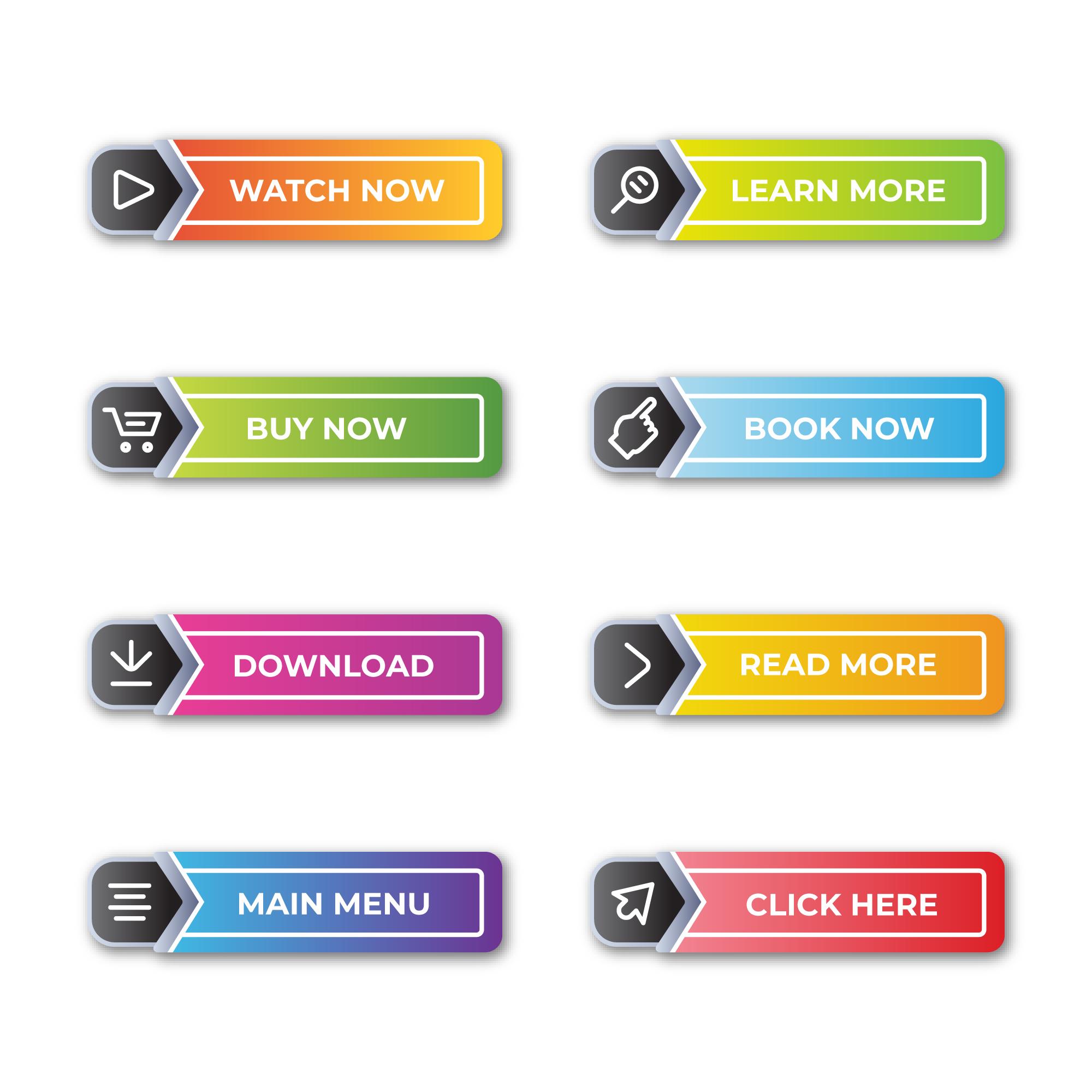Introduction
Crafting Compelling Call-to-Action Buttons is an important part of email campaign. In today’s digital landscape, email marketing remains a powerful tool for businesses to connect with their audience. However, amidst the deluge of emails flooding inboxes, standing out is very important. One of the most critical elements in any email campaign is the call-to-action (CTA) button. A well-designed CTA can significantly impact click-through rates and ultimately drive conversions.
What is Call-to-Action Button?
Call-to-action (CTA) buttons are interactive elements typically found in marketing materials such as websites, emails, advertisements, and landing pages. Their primary purpose is to prompt or encourage the viewer to take a specific action, such as making a purchase, signing up for a newsletter, downloading a resource, or requesting more information. Therefore, crafting compelling call-to-action buttons is important to stand out visually and also use persuasive language to compel the viewer to click or engage with them, ultimately driving desired conversions or actions. They often feature action-oriented text and are strategically placed within the content to attract attention and guide the user towards the desired outcome.
What is E-mail Campaign?
An email campaign refers to a coordinated series of email messages sent by a business or organization to a targeted list of recipients with the goal of achieving specific objectives, such as promoting a product or service, building brand awareness, nurturing leads, or driving conversions. Email campaigns are a fundamental component of email marketing and are typically designed to engage recipients over time through a sequence of messages delivered at strategic intervals.
Email campaigns can vary in complexity and duration, ranging from simple one-off newsletters to more elaborate automated drip campaigns that deliver personalized content based on user interactions or specific triggers. They often incorporate elements such as compelling subject lines, engaging content, eye-catching visuals, and clear calls-to-action (CTAs) to encourage recipients to take desired actions.
Guide to Creating Call-to-Action Button
Here’s a guide to creating effective call-to-action buttons that compel your audience to take action.
1. Keep it Clear and Concise:
Your CTA button should clearly communicate the action you want the reader to take. Use action-oriented language such as “Shop Now,” “Sign Up,” or “Download Now.” Keep the text concise and avoid ambiguity.
2. Use Contrasting Colors:
Make sure your CTA button stands out visually by using contrasting colors that catch the reader’s eye. Use color psychology to evoke the desired emotion or action. For example, red can convey urgency, while green can imply safety or success.
3. Optimize Button Size:
Ensure your CTA button is large enough to be easily clickable on both desktop and mobile devices. A general rule of thumb is to make the button large but not overwhelming, allowing it to be noticeable without dominating the email layout.
4. Emphasize Benefit or Value:
Instead of simply stating the action, highlight the benefit or value the reader will receive by clicking the button. For example, “Get 20% Discount Today” or “Get Your Free Ebook” communicates a clear incentive to take action.
5. Create a Sense of Urgency:
Encourage immediate action by incorporating language that creates a sense of urgency or scarcity. Phrases like “Limited Time Offer” or “Download Now” can prompt readers to click the button before the opportunity passes.
6. Test and Iterate:
Continuously test different variations of your CTA buttons to determine what resonates best with your audience. A/B testing can help you refine elements such as text, color, size, and placement to optimize performance over time.
7. Ensure Mobile Responsiveness:
With a significant portion of email opens occurring on mobile devices, it’s crucial that your CTA buttons are optimized for mobile responsiveness. Test your emails across various devices and screen sizes to ensure a seamless user experience.
8. Provide Clarity on Next Steps:
After clicking the CTA button, ensure that the reader knows what to expect next. Whether it’s completing a purchase, signing up for a newsletter, or downloading a resource, provide clear instructions on the subsequent actions.
Conclusion:
Crafting effective call-to-action buttons in your email campaigns is essential for driving engagement and conversions. By following these best practices and continuously refining your approach through testing and iteration, you can create compelling CTAs that resonate with your audience and compel them to take action.
Remember, the goal of your CTA button is to guide the reader towards the desired action in a clear, compelling, and user-friendly manner. By prioritizing clarity, value, and visual appeal, you can maximize the effectiveness of your email campaigns and achieve your marketing objectives.



